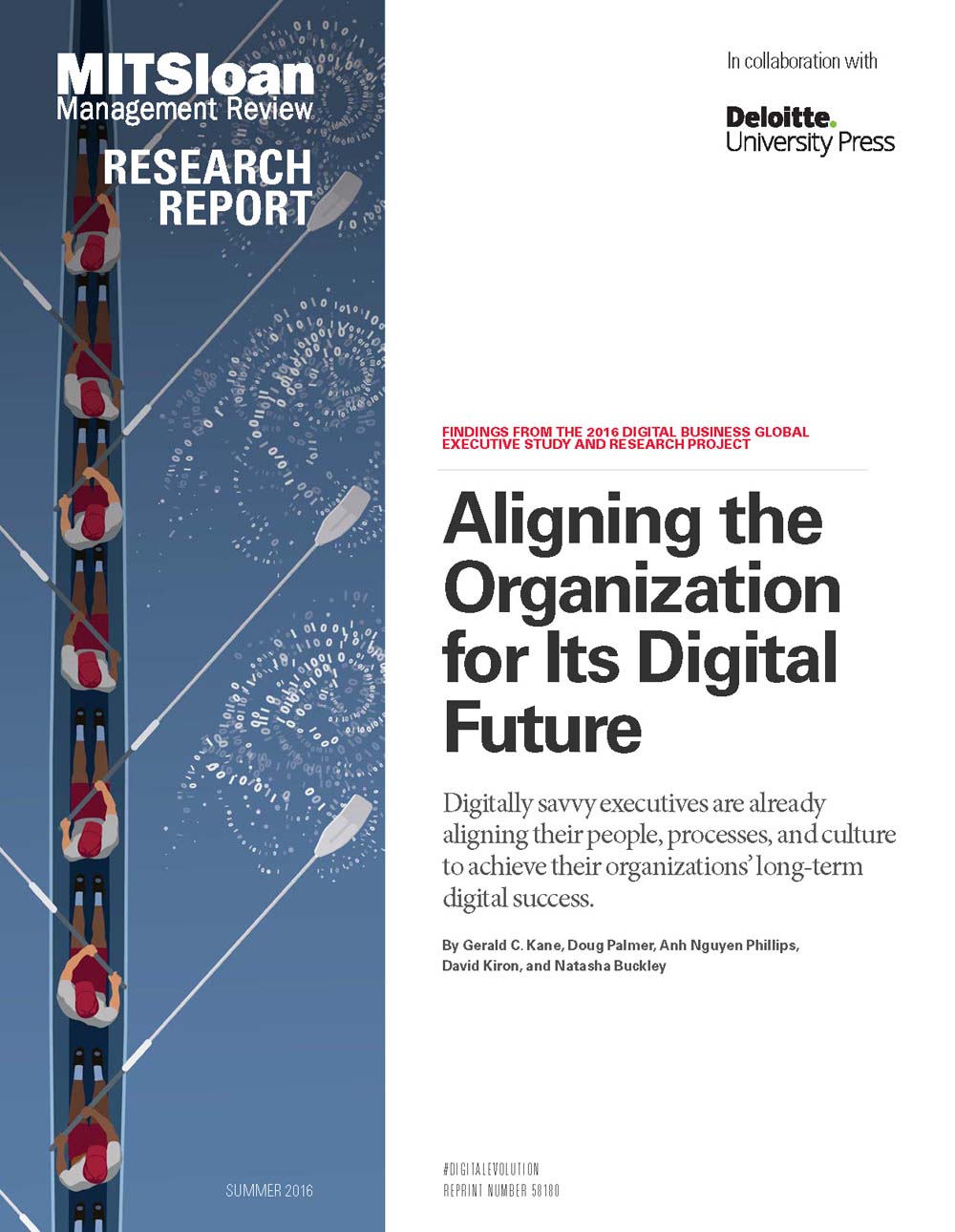
Grid Computing
In too many companies, computers sit idle while the people who operate them are away from work. For many companies this unused capacity can represent 80% of their computing resources. In this article, the authors review the recent research on grid computing, which offers an increasingly accessible way to make use of that untapped computing power. Grid computing is a collection of distributed computing resources that dynamically links far-flung computers over the Internet or a private network -- on demand, like a utility. A type of software called Open Grid Services Architecture allows a company's applications to locate unused computers, balance workloads and transfer projects. Widespread use of grid computing will require that companies adopt open standards and technologies that are self-organizing, self-optimizing and self-changing, gradually giving up proprietary enterprise-resource-planning and customer-relationship-management packages. In addition, research indicates that CIOs may have to make considerable changes in how they and their organizations operate. Centralized command-and-control structures will no longer be effective. As on-demand computing becomes more available and less complex, some CIOs will find their jobs reduced in scope and will become IT directors. Others, however, will take on strategic responsibilities.




